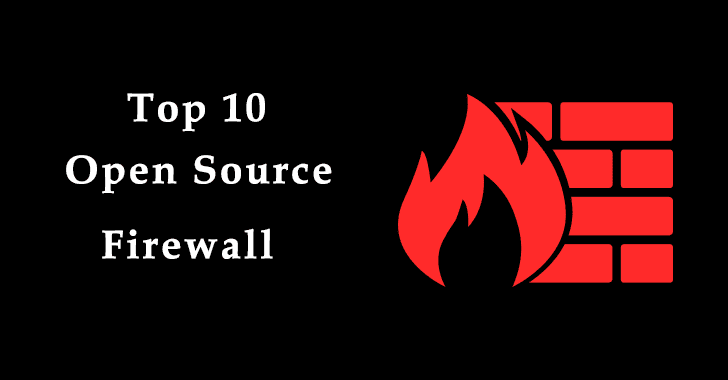10 Dangerous DNS Attacks Types & Prevention Measures – 2024
Our topic for today seems to be centered around the most common 10 DNS attacks and how to effectively mitigate them. We’ll dive into the details of each attack, their potential impact, and recommended measures to help protect against them.
DNS stands for the system, which remains under constant attack, and thus, we can assume there is no end in sight because the threats are growing increasingly.
DNS generally uses UDP fundamentally and, in some cases, uses TCP as well. It uses the UDP protocol, which is connectionless and can be tricked easily.
Thus, the DNS protocol is remarkably popular as a DDoS tool. DNS is recognized as the internet’s phonebook, a component of the global internet foundation that transmutes between well-known names and the number that a computer needs to enter a website and send an email.
DNS has long been the target of attackers looking to take all corporate and secret data; hence, the past year’s warnings indicate a worsening condition.
As per the IDC’s research, the average costs correlated with a DNS mugging rose by 49% compared with a year earlier. However, in the U.S., a DNS attack’s average price is more than $1.27 million.
Approximately half of the respondents (48%) say they wasted more than $500,000 on a DNS attack, and about 10% say they lost more than $5 million on each break. In extension, the preponderance of U.S. companies say it took more than one day to determine a DNS attack.
Shockingly, as per the information, both in-house and cloud applications were destroyed, and the 100% growth of threats in the in-house application interlude is now the most widespread destruction experienced by IDC.
Thus, “DNS attacks are running away from real brute force to more complicated attacks running from the internal network. Thus, the complicated attack will push the organizations to use intelligent mitigation tools so that they can easily cope with insider threats.”
Therefore, we have provided the top 10 DNS attacks and the proper solutions to fix them, making it easy for organizations to recognize the attacks and quickly solve them.
DNS (Domain Name System) attacks are various forms of malicious activities aimed at disrupting the normal operation of the domain name resolution process, which is crucial for the functioning of the internet. Here are some common DNS attack vectors:
- DNS Spoofing (Cache Poisoning): This involves inserting false information into the DNS cache, so that DNS queries return an incorrect response, leading users to potentially malicious sites.
- DNS Amplification Attacks: These are a form of Distributed Denial of Service (DDoS) attacks where the attacker uses publicly accessible DNS servers to flood a target with DNS response traffic. They make a large number of requests with the victim’s spoofed IP address, resulting in overwhelming traffic directed at the victim.
- DNS Tunneling: This method uses DNS queries and responses to pass other forms of traffic, which could be malicious. It can be used to bypass network firewalls and exfiltrate data from a compromised system.
- DNS Hijacking: In this attack, the attacker diverts the DNS query traffic to a malicious DNS server, leading users to fraudulent websites or intercepting internet traffic.
- NXDOMAIN Attack: This attack involves sending queries for non-existent domains to the DNS server, leading to server overload and potential denial of service.
- Subdomain Attack: Attackers may exploit vulnerabilities to create malicious subdomains under legitimate domains, which can be used for various malicious activities.
- Phantom Domain Attack: Here, attackers create a set of fake domains and configure them with very slow or non-responsive DNS servers. When a legitimate DNS resolver attempts to resolve these domains, it gets bogged down, reducing its ability to service legitimate requests.
- Random Subdomain Attack: This involves sending a flood of DNS queries for non-existent subdomains of a legitimate domain, overwhelming the DNS servers.
- Domain Lock-Up Attack: This attack targets the recursive DNS servers by sending DNS queries that require significant resources to resolve, thereby tying up the server.
- DNS Reflection Attack: Similar to DNS amplification, it involves sending a small query with a spoofed IP address of the target to various DNS servers, which then respond to the target, flooding it with response traffic.
What is a DNS Attack?
An attack on the domain name system (DNS) can take several forms. Malicious actors can exploit DNS vulnerabilities in a variety of ways.
The majority of these attacks are aimed at blocking users from accessing specific websites by misusing the Domain Name System (DNS). Denial-of-service (DoS) attacks are a broad category that includes these incidents.
DNS vulnerabilities can also be used in a technique known as DNS hijacking, which redirects users to hostile websites.With techniques like DNS tunneling, attackers can exploit the DNS protocol to secretly transmit data outside of an organization.
What type of attack is a DNS attack?
When an attacker takes advantage of flaws in the DNS, they are launching a DNS attack.
What is a DNS attack by a hacker?
Due to the fact that DNS requests and responses are not always encrypted, browsers are vulnerable to DNS hijacking attacks.
A hacker can extort money from you by sending you to one of their malicious websites if they intercept you here.
Is the DNS firewall safe?
In order to prevent phishing and malware downloads at the DNS level, a DNS firewall can automatically block the most dangerous traffic sources.By preventing resolved responses to intercepted DNS queries, networks, and devices are protected from potential threats.
In order to prevent phishing and malware downloads at the DNS level, a DNS firewall can automatically block the most dangerous traffic sources.Due to the fact that DNS requests and responses are not always encrypted, browsers are vulnerable to DNS hijacking attacks.
A hacker can extort money from you by sending you to one of their malicious websites if they intercept you here.






